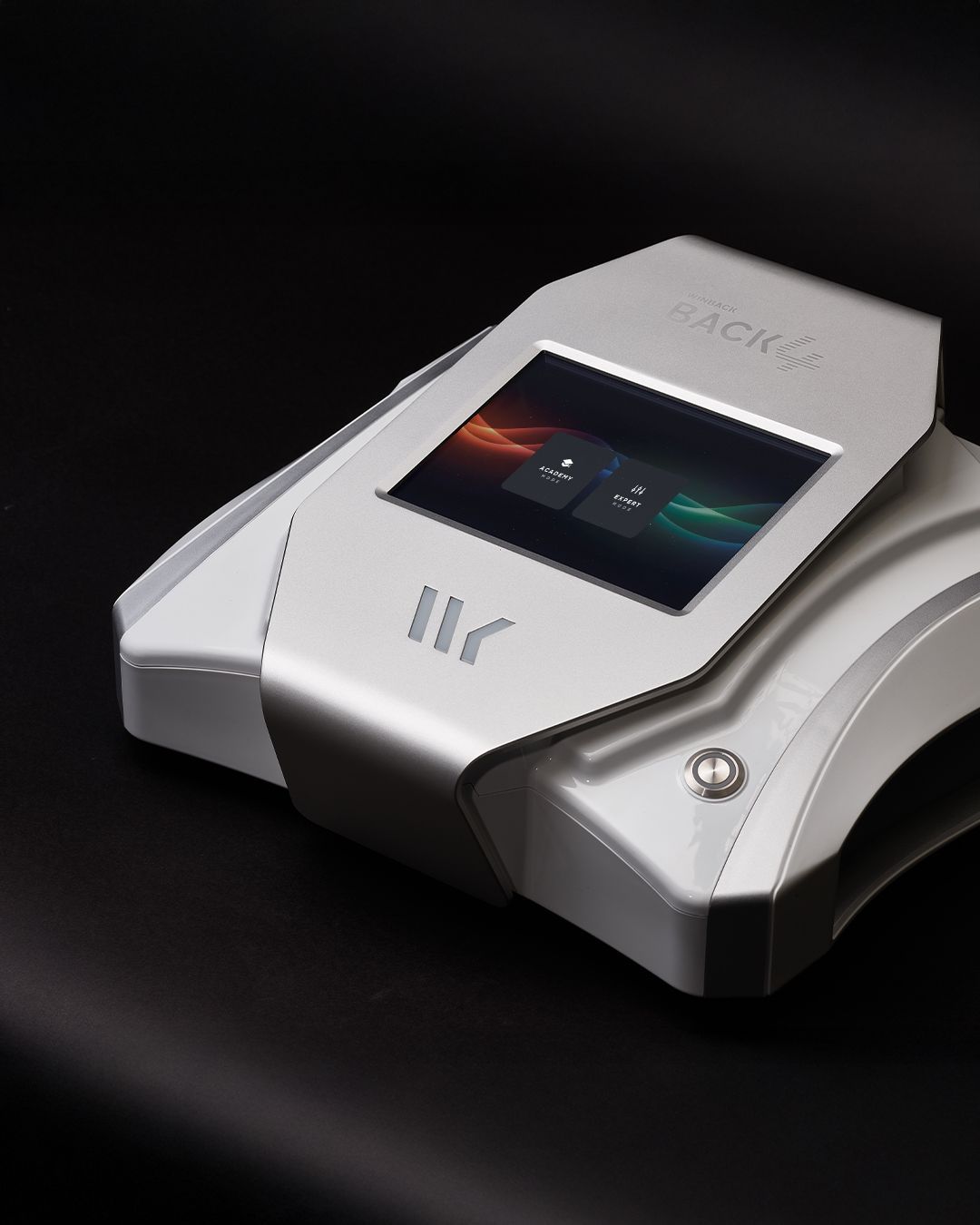Adolescent athletes aren’t just “small adults.” Their bodies are growing rapidly, their musculoskeletal systems are still maturing, and the demands placed on them through sports can lead to unique challenges. Sports massage, when approached correctly, can be a powerful support for their performance, injury prevention, and long-term wellbeing.
Parents often ask if massage is safe or necessary for teens. The answer is yes—with the right technique, timing, and purpose.
Growth Plates, Hormonal Surges, and Physical Stress
Between ages 12–18, young athletes undergo significant growth spurts. Bones often lengthen faster than muscles can adapt, leading to imbalances, tightness, and coordination issues. Combine this with intense training schedules, matches, or competitions, and it’s a recipe for:
Overuse injuries like Osgood-Schlatter’s disease or Sever’s disease
Strains and sprains from tight hamstrings, quads, or calves
Postural imbalances due to uneven growth
Muscular fatigue, soreness, and reduced recovery time
Regular sports massage can help these young athletes navigate these changes more safely.
What Sports Massage Can Do for Teen Athletes
At Muscle Therapy By Tom, the goal is always to support development without overloading the body. A sports massage for a 15-year-old footballer is not the same as for a 30-year-old powerlifter. The pressure, duration, and intention are all adapted.
Here’s what massage can provide:
1. Improved Recovery
Muscle fatigue builds quickly during growth years. Sports massage boosts circulation and lymphatic drainage, helping reduce DOMS (Delayed Onset Muscle Soreness) and speeding up recovery between games or training sessions.
2. Injury Prevention
Targeted massage techniques can detect and relieve tension before it turns into strain. Regular assessments help identify overuse patterns or tightness in joints like the hips, knees, and ankles—particularly common in runners, dancers, and footballers.
3. Better Flexibility and Range of Motion
Tight muscles restrict movement and can lead to compensation patterns. Massage helps lengthen and soften tissues, especially around growing joints, reducing the likelihood of awkward or dangerous movement mechanics.
4. Enhanced Mind-Body Awareness
Many adolescent athletes haven’t developed a full awareness of how their body feels under pressure. Massage improves proprioception—helping them sense muscle tightness, fatigue, or imbalance earlier, allowing for better self-care and injury avoidance.
A Parent’s Checklist: What to Look for in a Youth Massage Therapist
Qualifications & Insurance – Ensure the therapist is trained in soft tissue therapy or sports massage and is insured to treat minors with parental consent.
Child-Safe Environment – Treatment should take place in a professional space where the parent or guardian is welcome to stay during the session.
Clear Communication – A good therapist will explain what they’re doing, adjust pressure based on the teen’s feedback, and never push into pain.
Consent Protocols – At Muscle Therapy By Tom, a signed parental consent form is mandatory before any minor is treated.
Common Sports Treated in Slough Teenagers
Tom regularly treats young athletes from local Slough schools, academies, and clubs in sports like:
Football (Academy-level and school teams)
Rugby and athletics
Dance and gymnastics
Martial arts, boxing, and taekwondo
Swimming and rowing
Cricket and tennis
Each sport places specific demands on the body, from hip mobility in dancers to ankle stability in footballers. Treatments are tailored accordingly.
How Often Should a Teen Get a Sports Massage?
Active Season: Every 2–4 weeks for injury prevention and recovery
Post-Competition: Within 48–72 hours to flush lactic acid and reduce stiffness
Pre-Season: Weekly or fortnightly to prep muscles and identify imbalances
Injury Rehab: As recommended based on physiotherapist or GP guidance
Massage is never about pushing pain thresholds. It’s about supporting athletic development with the right techniques at the right time.
📍 Muscle Therapy By Tom – The Gym Group Slough
💆 Specialised in working with youth athletes and injury prevention
✅ DBS checked and professionally insured
📝 Parental consent required for all under-18 sessions
🌐 Book at: www.muscletherapybytom.co.uk
📱 WhatsApp or call for consultation and bookings


